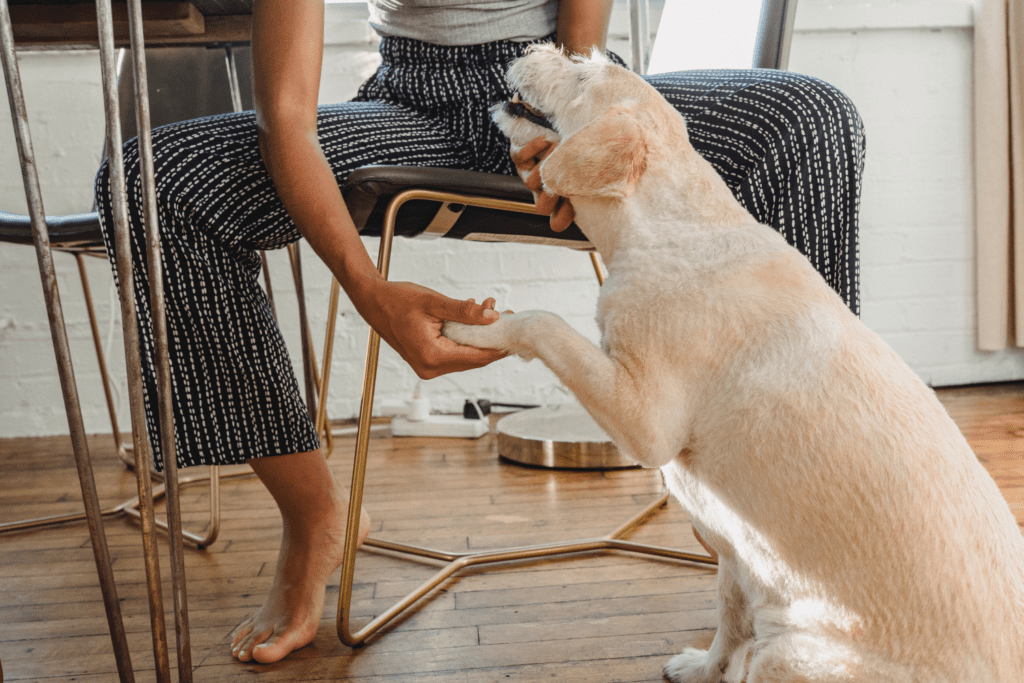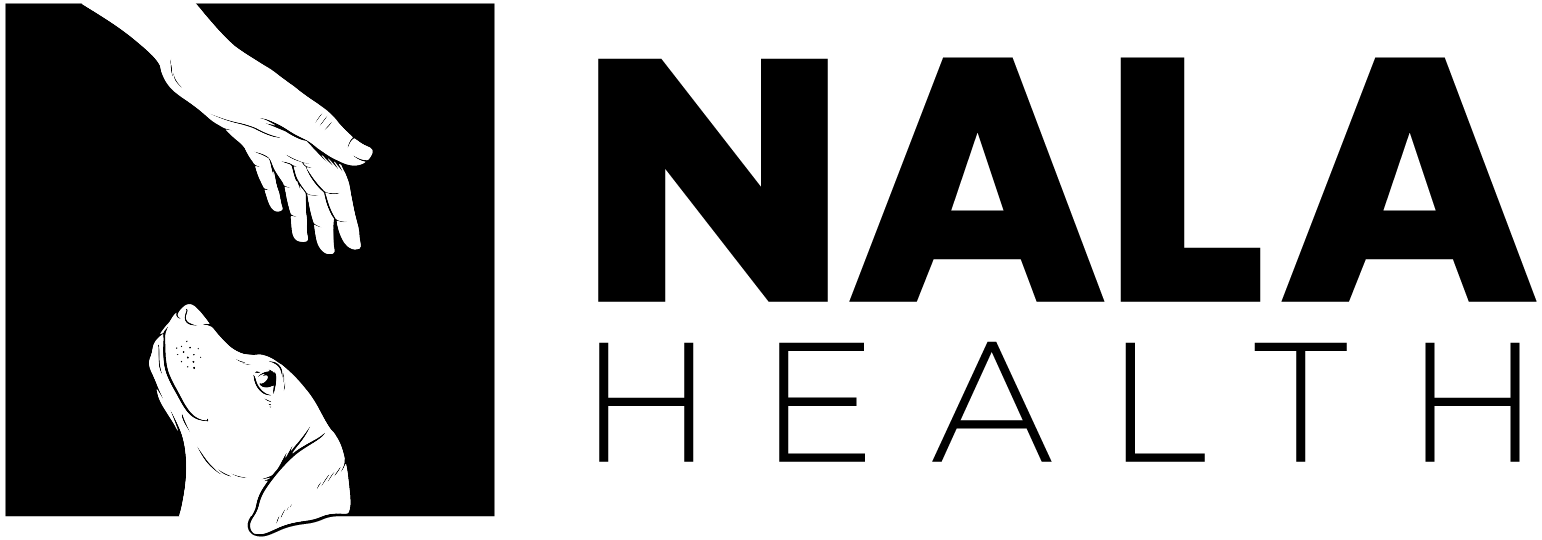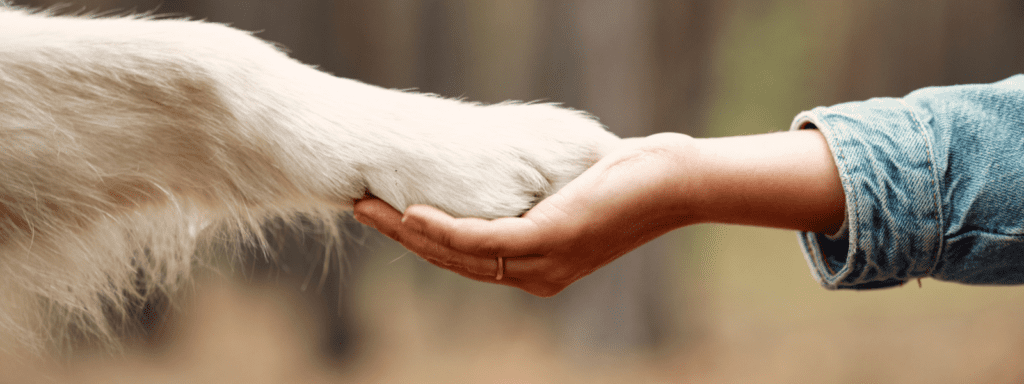How to cut your dog’s claws at home?
 Synne Hemsen Berg
Synne Hemsen Berg
Dogs often wiggle, yelp and yank their paw back to avoid the nail clippers. As a result, claw clipping can be one of the more challenging grooming routines making many owners avoid it leading to nails growing too long. Knowing how to safely cut your dog’s claws at home will ensure a quick and pain-free experience for you and your dog.
Why is it important to cut your dog’s nails regularly?
- Prevent sprains and injuries to paws and legs.
- Ensure good paw alignment and posture. Long claws can prevent your dog from moving naturally and creates an unnatural paw placement on the ground.
- Prevent the nails from breaking/splintering.
- Stop the nails from growing into the skin.
- Avoid the nerves in the nail from growing too long.
How often should you cut your dog’s nails?
A dog’s nail naturally wears down when walking on rough surfaces but, this is normally not sufficient and nail clipping is still needed. Check the claws weekly and trim them to avoid the claw growing too long. You can make a routine of checking your dog’s claws when brushing their teeth for example. Rather cut a little more often to prevent the nerves from growing too long and accidentally cutting it. You know the nail has grown too long when it has passed the paw pads.
If the claw grows too long it can splinter into the nerve. If this is the case then contact a veterinarian to treat it.


How to prepare for cutting your dog’s nails
As with all grooming, it is important to make claw clipping a routine from an early age. Create a positive experience for your dog to build good associations by giving lots of treats, staying calm and repeating the clipping many times. Sometimes it may be easier to be two people to help distract or keep your dog calm.
Grooming should happen on your dog’s terms. If your dog is hyperactive or afraid then just do one paw at a time or leave the nail clipping for another day when your dog is calm. Let your dog smell and get to know the ball tongs, and give him a treat and positive stimuli. Build up to a positive and relaxed situation.
Nail cutting equipment
Use a good quality, sharp clipper with a guard that prevents you from cutting too much of the claw. Your veterinarian usually knows which clipper is best for your dog’s size. Alternatively, you can use a nail/claw grinder. It may be easier to use, and perhaps also more comfortable.
It is also recommended that you have blood stop powder or spray at hand so that you can quickly stop bleeding should you cut the nail too short. This can also be replaced with maize or potato flour. Further down we explain how to stop bleeding.

Cutting claws at home
1. Look at the nail
A dog’s nail has a similar shape to a bird’s beak. Inside the nail you will find the nerve sac, which contains nerves and blood vessels. Before you start cutting the nail try to identify where the nerve sack is to avoid cutting the nail too short, as this will cause pain and bleeding.
To see the nerve sack you can use a flashlight underneath the nail. In dogs with light nails, it is easier to see this area than in dogs with dark/black nails.
If your dog has very hard nails you can trim them after a bath. The water can soften the nail, and reduce the chance of splintering.

2. Cut in a straight line following the natural shape of the nail
Rather cut a little bit at a time to avoid damaging the nerve sac. Stay calm and talk to your dog in your natural voice. Give your dog a lot of treats while clipping the nails. If your dog is nervous, you can choose to do one or two paws per session.

3. Fixing a bleeding nail
The nail will begin to bleed should you accidentally cut it too short. There are sprays or powders you can buy that quickly stops the bleeding. Have this spray or powder handy before you begin cutting your dog’s nails. If you do not have the blood stop powder, you can substitute it with maize flour or potato flour. Apply blood stop to the nail and wrap the paw in a clean towel. Apply light pressure to the paw. Repeat this until the bleeding stops.
Finish off by applying a soothing paw balm to keep the pads soft and pampered.

